
Lida Suchy
I chronicle communities through portraiture. Much of my work is done in Eastern Europe and in immigrant enclaves in the USA. For more than 20 years, I have photographed in the village Kryvorivnya. In the early ‘90s I portrayed many of the village’s 2,000 inhabitants with the idea of creating...
I chronicle communities through portraiture. Much of my work is done in Eastern Europe and in immigrant enclaves in the USA. For more than 20 years, I have photographed in the village Kryvorivnya. In the early ‘90s I portrayed many of the village’s 2,000 inhabitants with the idea of creating a composite portrait of this community through individual portraits of its members. Recently, some two decades later, I returned to continue photographing the people and places I portrayed previously. The series Portrait of a Village: the People of Kryvorivnya Ukraine (1992 – present) has evolved into a multilayered community portrait that now includes the notion of cultural persistence and change over time.
I first came to Kryvorivnya in the early ‘90s, shortly after Ukraine gained its independence from the Soviet Union. Despite never having been there before, the place didn’t feel unfamiliar. Growing up in the United States in a refugee family, the environment of Western Ukraine had been described to me in detail by my parents, who were forced to leave Ukraine when it fell under Soviet Rule. Through my photographs, I want to confront the image built up from the recollections of my parents with one of my own. To the villagers in Kryvorivnya, my clothing and gear define me as a stranger, yet to their surprise I speak their language and even have the distinct accent of the region.
Photographing mostly with a large 8x10 inch view-camera is a slow and somewhat tedious process. This tool could be construed as “too cumbersome,” (especially when compared to shooting quickly and unobtrusively with a small Leica). It requires patience on both sides of the lens. The portrait sessions are meeting points between the people in front of the camera and the photographer on the other side. The resulting photographs are a visual journal of these meetings.
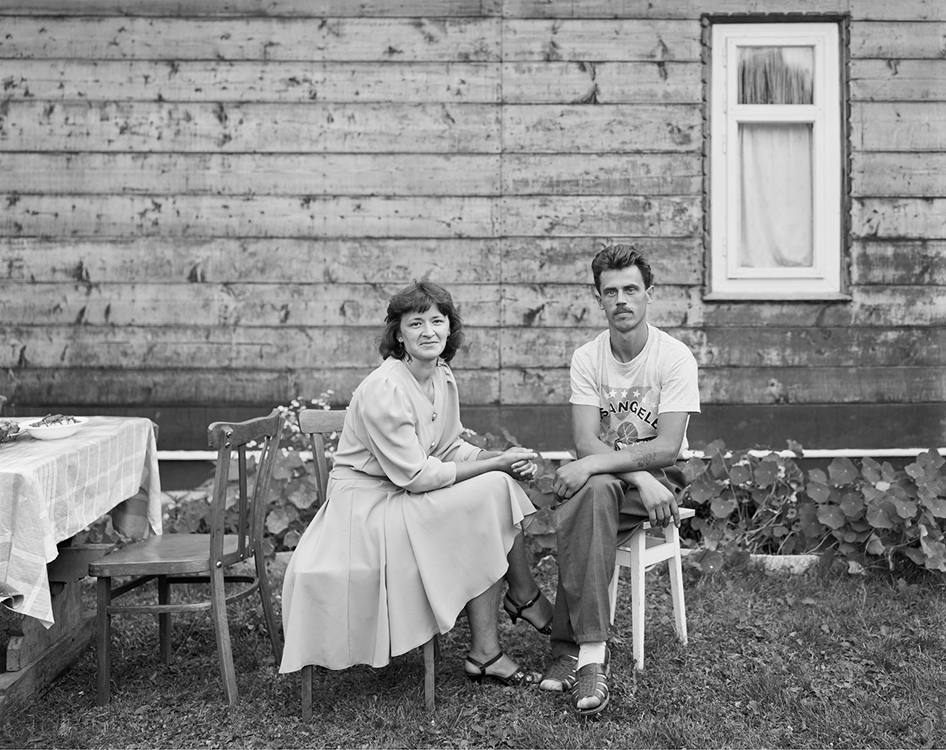
Guests from nearby town
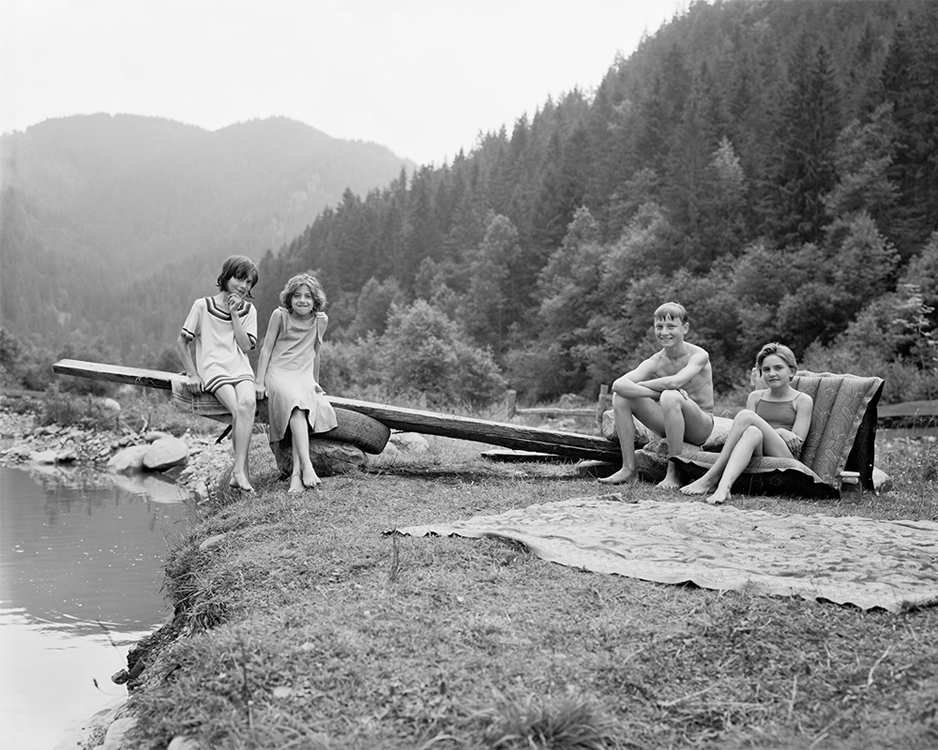
Tatiana, Oksana, Mykola and Irena at the swimming hole
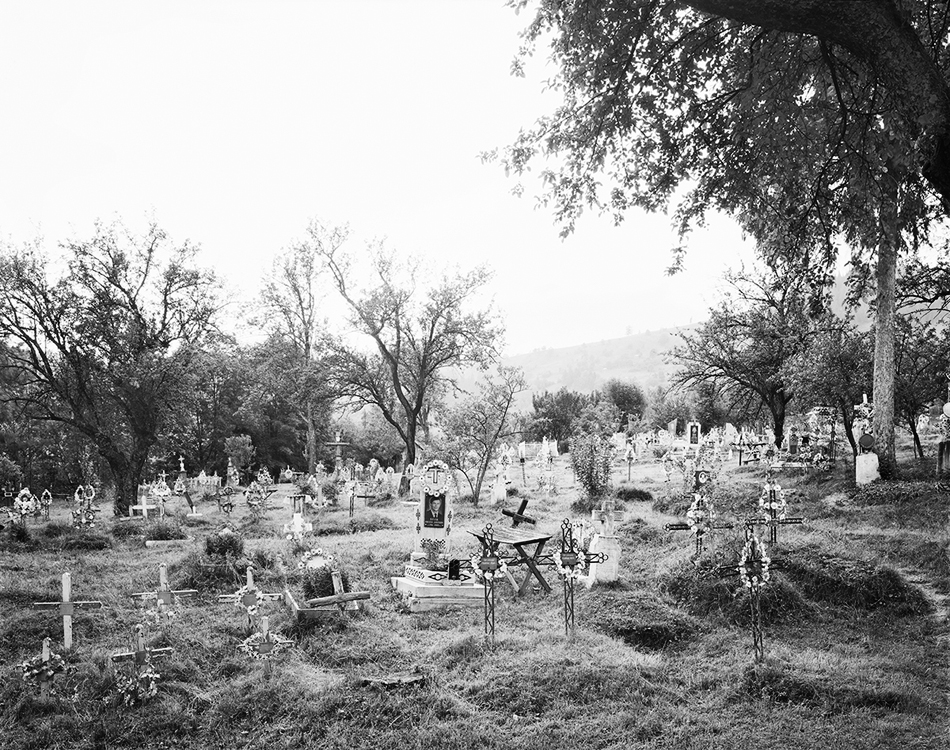
Churchyard
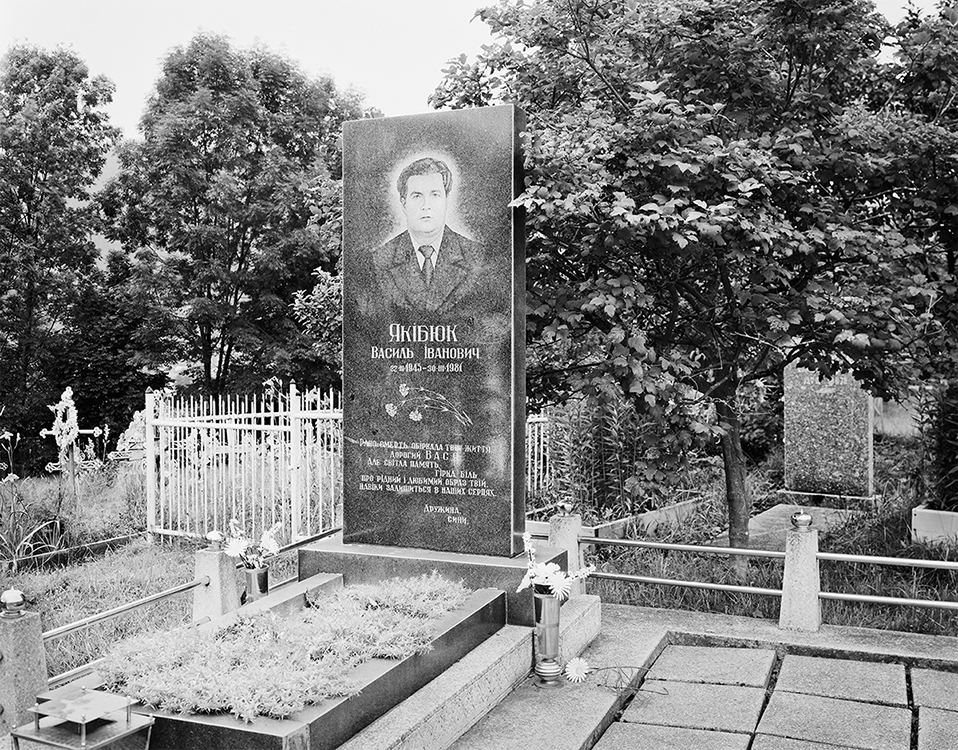
Communist Functionary’s Monument
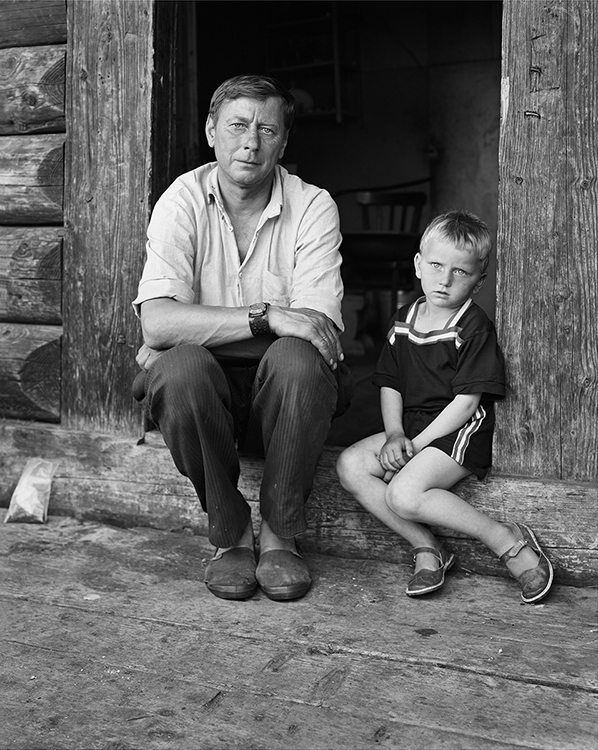
Dmytro with middle son Vasyl
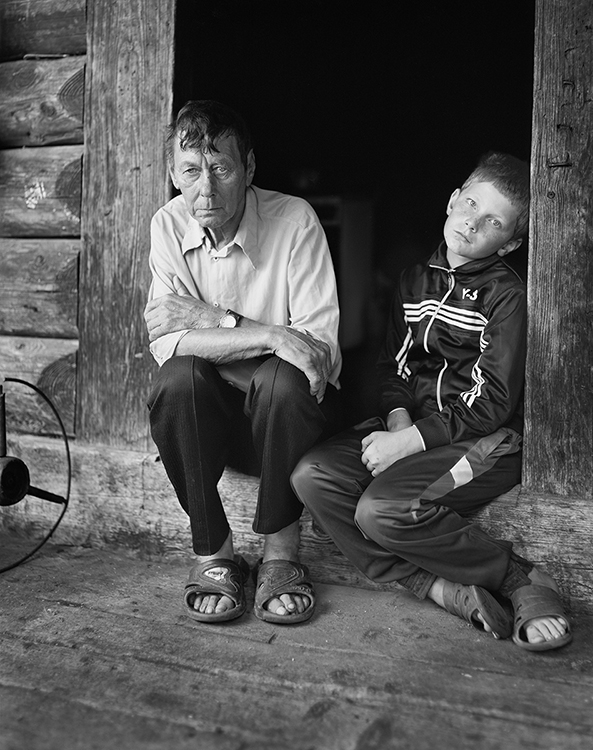
Dmytro with youngest son
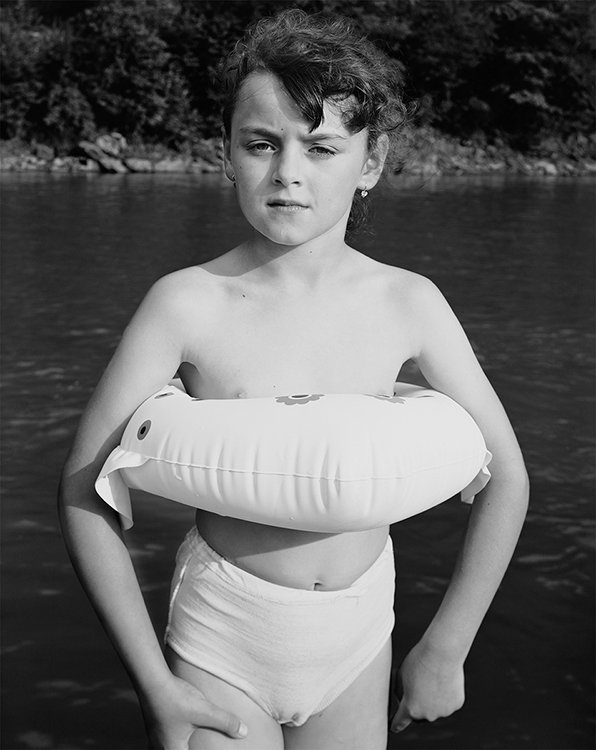
Nine-year-old Irena on the Cheremosh River
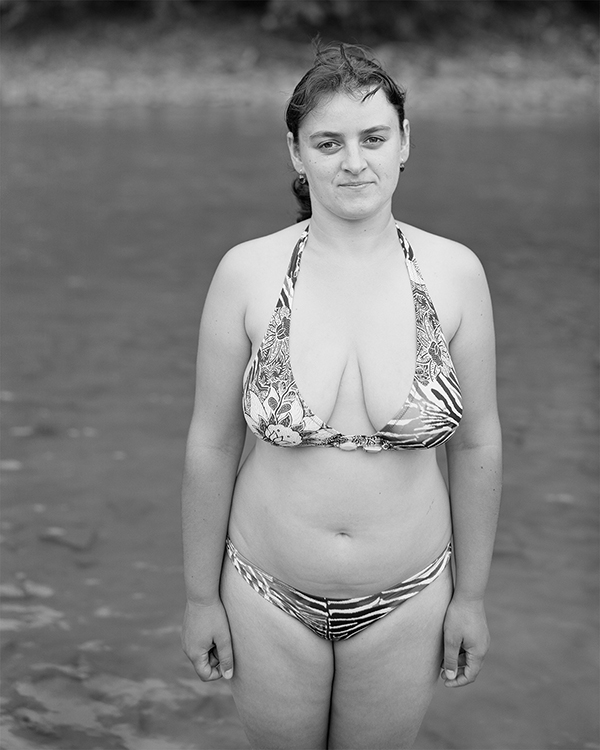
Irena on the Cheremosh River
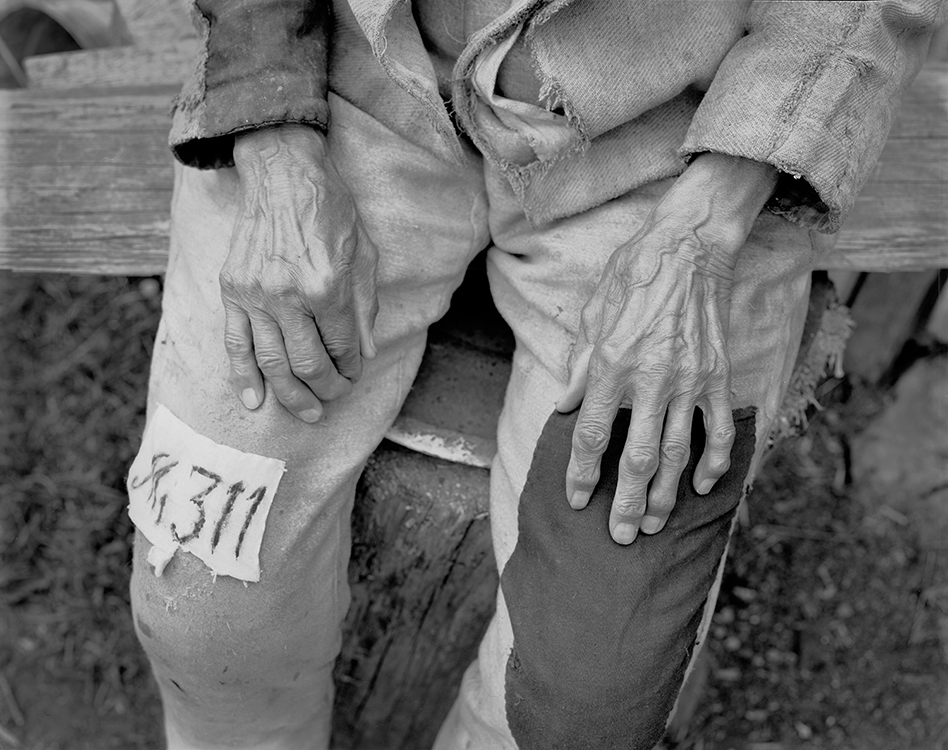
Evdosia, a former political prisoner, spent 10 years in forced labor camps
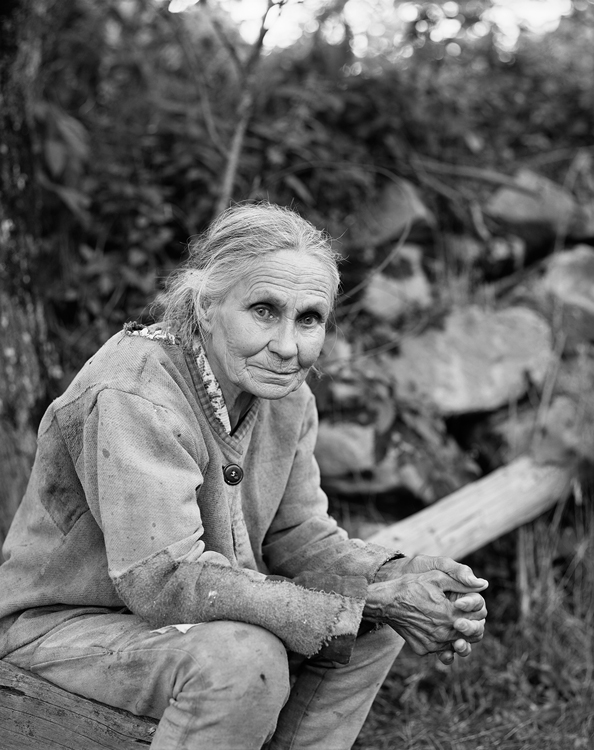
Evdosia asked to be photographed in a replica of her former prisoner’s "robe"



